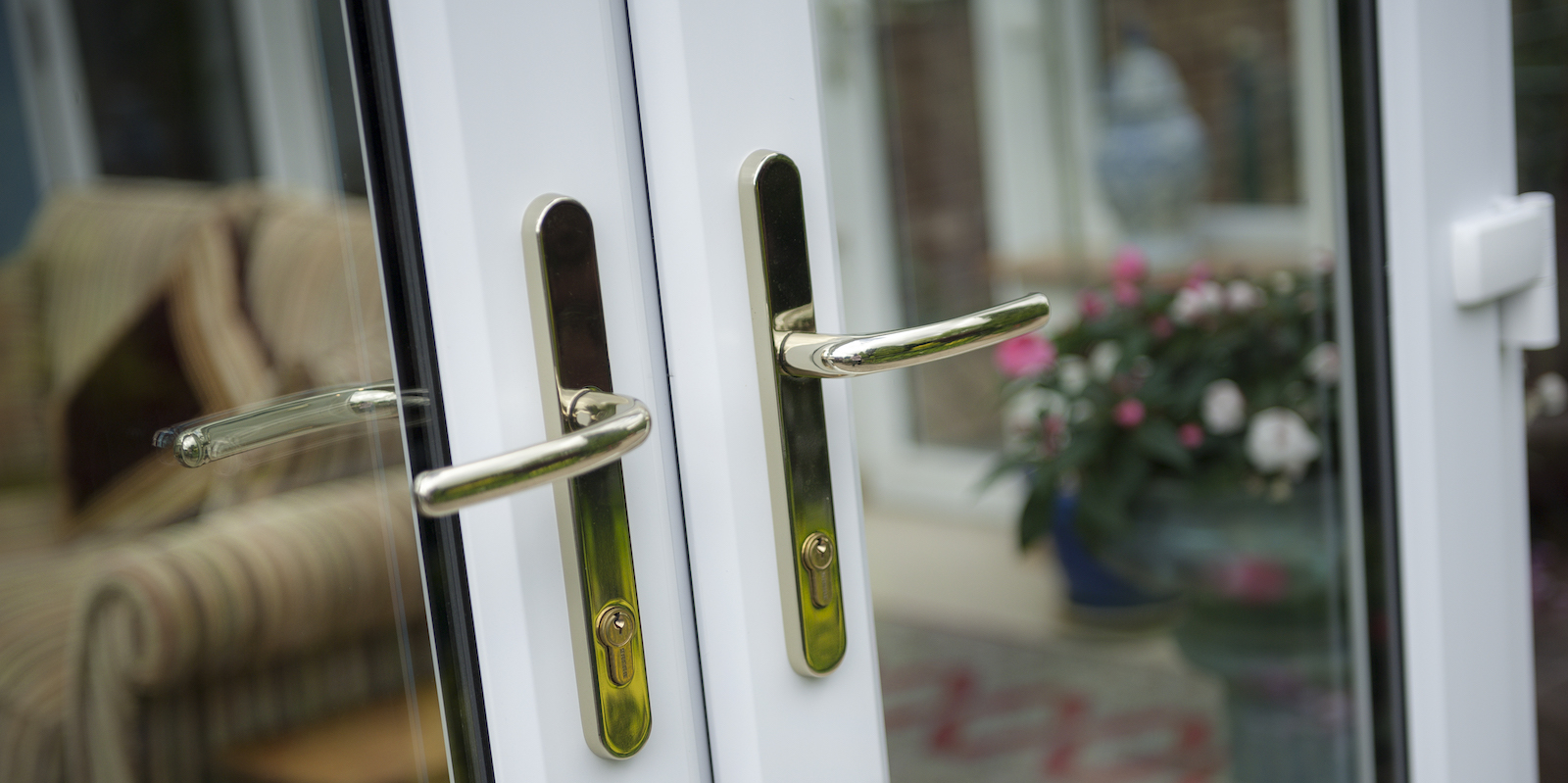
A Comprehensive Guide to French Door Adjustment: Ensuring Functionality and Aesthetic Appeal
French doors have actually long been a cherished option for house owners seeking beauty and performance for their home. Identified by their large panes of glass and the capability to open completely, French doors can transform a room by welcoming natural light and producing a seamless connection between indoor and outside environments. Nevertheless, like any other door, they may need modifications over time to keep their optimal performance. This short article will look into the subtleties of French door adjustment, checking out why modifications are needed, how to perform them, and responding to common concerns on the topic.
Understanding French Door Mechanics
French doors normally include two panels that swing open from the center. They might have different locking systems, hinges, and frame configurations, which all contribute in their total performance. Here are some common elements involved:
- Hinges: These are crucial for swinging the door open and closed, and they need to be properly lined up to guarantee smooth movement.
- Locks and Latches: Mismatched locks can lead to security issues and impact performance.
- Limit: The bottom part of the door frame can become uneven, triggering spaces and drafts.
Why French Door Adjustment is Necessary
Over time, French doors can experience misalignment due to:
- Settling of your home: Homes naturally settle, causing frame modifications which can misalign doors.
- Humidity and Temperature Changes: Wood doors can swell or shrink with humidity and temperature variations.
- Use and Tear: Regular usage over time can lead to loose hinges or irregular limits.
Proper adjustment of French doors is important to preserve not just their visual appeal however also their functionality.
How to Adjust French Doors
Changing French doors involves numerous actions and might differ somewhat depending upon the particular configuration. Nevertheless, the following general procedure applies commonly to most French door setups.
Step-by-Step Adjustment
- Assessment: Begin by examining the hinges, frame, and threshold for visible spaces or misalignments.
- Gather Tools: You will require:
- Screwdriver
- Level
- Shims (if required)
- Allen wrench (if hinges are adjustable)
- Adjust the Hinges:
- Loosen the screws on the hinges slightly.
- Using an Allen wrench, adjust the hinge screws (if relevant) to raise or reduce the door panel till it lines up correctly.
- Tighten up the screws back after adjustment.
- Check the Alignment: Use a level along the door's edge to guarantee it stands directly. Adjust as needed.
- Change the Threshold: If gaps continue at the bottom, use shims under the limit or adjust it according to manufacturer guidelines.
- Test the Locking Mechanism: Ensure that the doors lock firmly into location without forcing them.
- Last Inspection: Check for any draft or misalignment after modifications and proper if necessary.
Maintenance Tips
- Frequently check hinges and locks for wear and tear.
- Tidy hinges with a lube to minimize friction.
- Check weather removing and replace it if it reveals considerable signs of wear.
When to Seek Professional Help
While many property owners can resolve small adjustments independently, some situations require professional consultation:
- Complex issues connected to structural problems within your house.
- Extreme misalignment caused by prolonged wear, demanding replacement of hinges.
- Complications with lock mechanisms that require specialized tools and competence.
Common FAQs About French Door Adjustments
1. How often ought to I adjust my French doors?Adjustments need to
be made as needed. A seasonal check is advised to guarantee ideal functionality, specifically after significant weather condition modifications. 2. What tools do I need for adjustment?Basic tools consist of
a screwdriver, level, Allen wrench, and shims for
supporting unequal limits. 3. Why is my French door sticking?Sticking may arise from humidity triggering the door to swell or from
misaligned hinges. Inspect for grooves and adjust as essential. 4. Can I change French doors myself?Yes, with fundamental tools and a little knowledge of the components, a lot of homeowners can manage simple changes.
5. What if my French doors will not close properly?This can indicate major misalignment or damaged hardware. Examine the situation and think about professional aid if it can not be resolved with easy adjustments. French doors can considerably boost the visual and functional qualities of a home. Though they might need occasional adjustments due to different elements such as settling, humidity, and regular usage, a few simple actions can
restore their performance. Routine examinations and proactive maintenance can prolong the lifespan of French doors, enabling house owners to enjoy their charm and energy for years to come. Ultimately, a well-adjusted set of French doors not just serves useful functions but likewise contributes to the general beauty of any space. Summary Table: Key Points for French Door Adjustment (click the next internet page) Element Description Elements Hinges, locks, latches, threshold Common Issues Misalignment, sticking, gaps Tools Needed Screwdriver, level, Allen wrench, shims Adjustment Steps Examine, change
